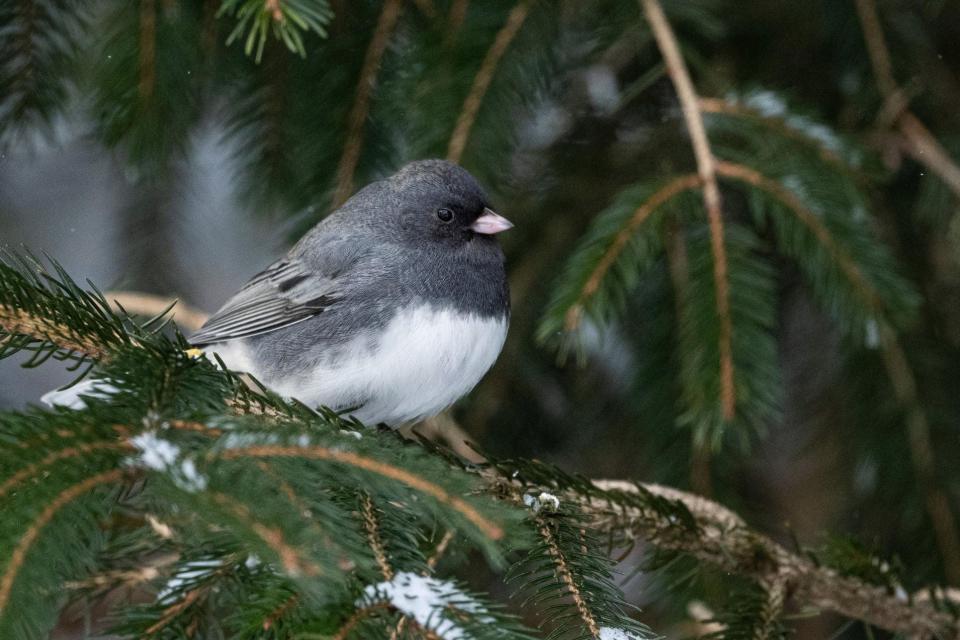'Definitely a fire hazard': Christmas trees have dried and should be removed from homes
Many Ohioans are holding on to a tradition so old that it could turn deadly, but fortunately there's still time to dispose of it safely and helpfully.
Christmas trees nationwide cause 160 house fires, two deaths, 11 injuries and $12 million in property damage each year, data provided by the National Fire Protection Association suggests.
A week into the new year, those dried and aging Christmas trees are more dangerous than ever, according to Mike Thompson, chief of the Shelby Fire Department.
"It's time to get that tree out of your house," Thompson said. "Get it out to the curb and get it recycled or taken away because that's definitely a fire hazard."
Can Christmas trees catch on fire?
The pine trees become more dangerous with time because they're dead and drying out. The brittle limbs and needles combined with the lingering pine sap has the potential to spark a fast and hot fire that will spread quickly through a home.
Accelerants like those are known to firefighters as a "fire load."
"We need to reduce the fire load," Thompson said. "A dry tree in a home increases that fire load dramatically."
National Fire Protection Association data shows that watering Christmas trees helps reduce the potential for housefires, but only for a little while since the tree will eventually dry out anyway.
The association warns:
Christmas tree fires are more common between 3 p.m. and midnight
40% of home Christmas tree fires start in the living room, family room, or den
Electrical failures or malfunctions are factors in 34% of Christmas tree fires
A heat source placed too close to the tree is a factor in 20% of Christmas tree fire
Christmas trees can make great habitat for many species of wildlife
Many Christmas trees find new life as habitat for wild animals, according to a news release from the Ohio Department of Natural Resources.
Staff from the Division of Wildlife gather old Christmas trees from county and municipal recycling programs statewide for use as fish habitat.
Those trees are bundled and weighted down so they sink to the lake's bottom, where they attract many species including crappie, bluegill, and other panfish, as well as largemouth bass and saugeye.
The ODNR also places trees at different wildlife areas and public lakes statewide, which varies year to year. An interactive lake map showing where trees are placed is available at wildohio.gov and on the HuntFish OH mobile app. Anglers can target these spots, which are often productive for both panfish and their larger predators.

"Private pond owners may also want to consider repurposing trees to add habitat to their ponds," the news release reads. "Decomposing trees also feed zooplankton, which provide food for aquatic invertebrates and attract larger fish."
Retired Christmas trees also make great winter cover for songbirds, rabbits and chipmunks, and shelter for bees, moths and butterflies.
"A live-cut Christmas tree can also be recycled as the centerpiece of a wildlife-friendly brush pile," the news release reads. "Place the tree in a selected location and stack limbs around it in a square arrangement, layering more brush until a desired height is reached. Cover the top with additional brush to create a unique and valuable shelter for small animals."
Anyone who repurposes a Christmas tree should remember to first remove all trimmings, including tinsel, garland, lights and ornaments. If discarding on private property, be sure to obtain permission, since unapproved dumps could lead to a litter violation.
ztuggle@gannett.com
419-564-3508
This article originally appeared on Mansfield News Journal: Dry Christmas trees are fire hazards and should be removed from homes

